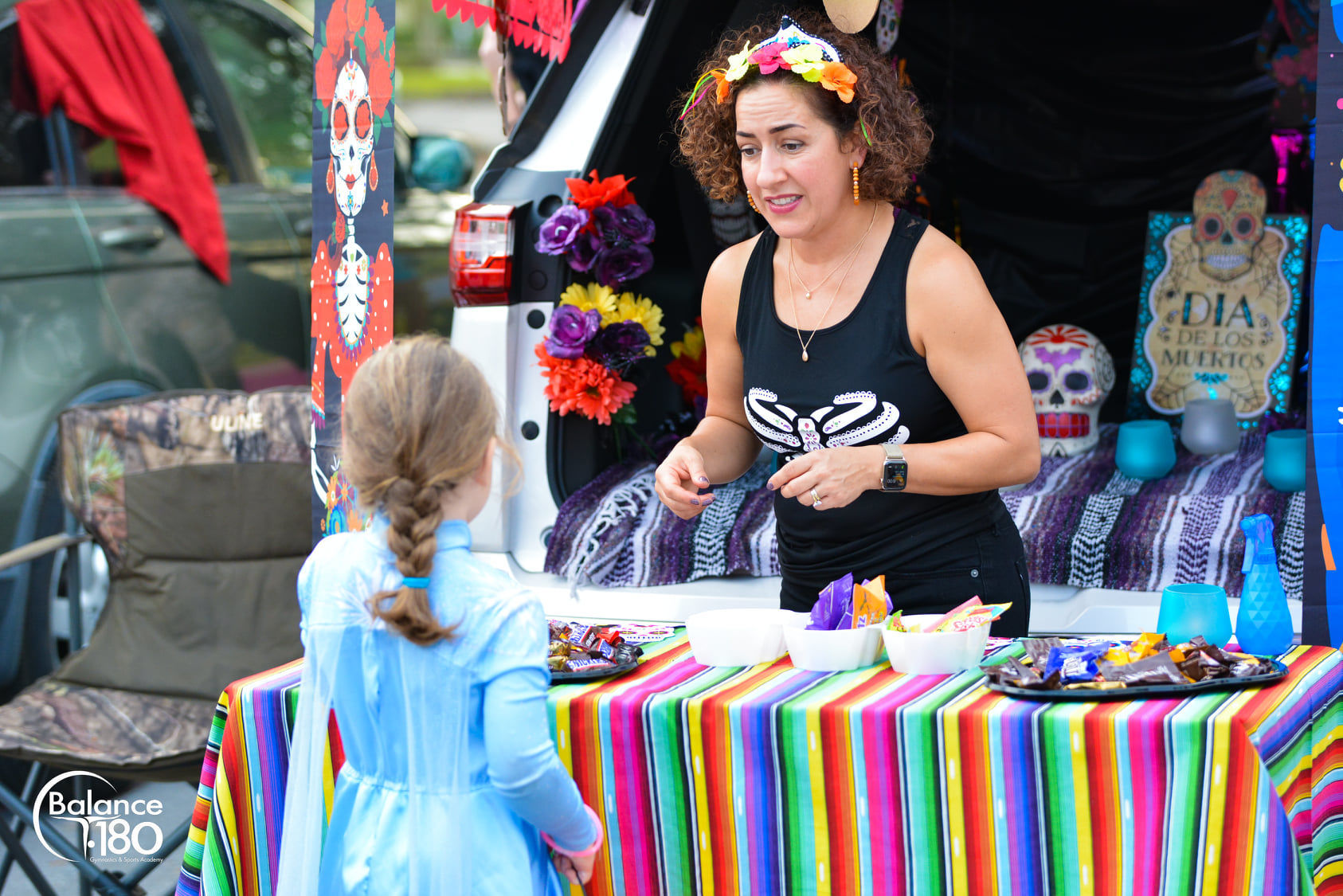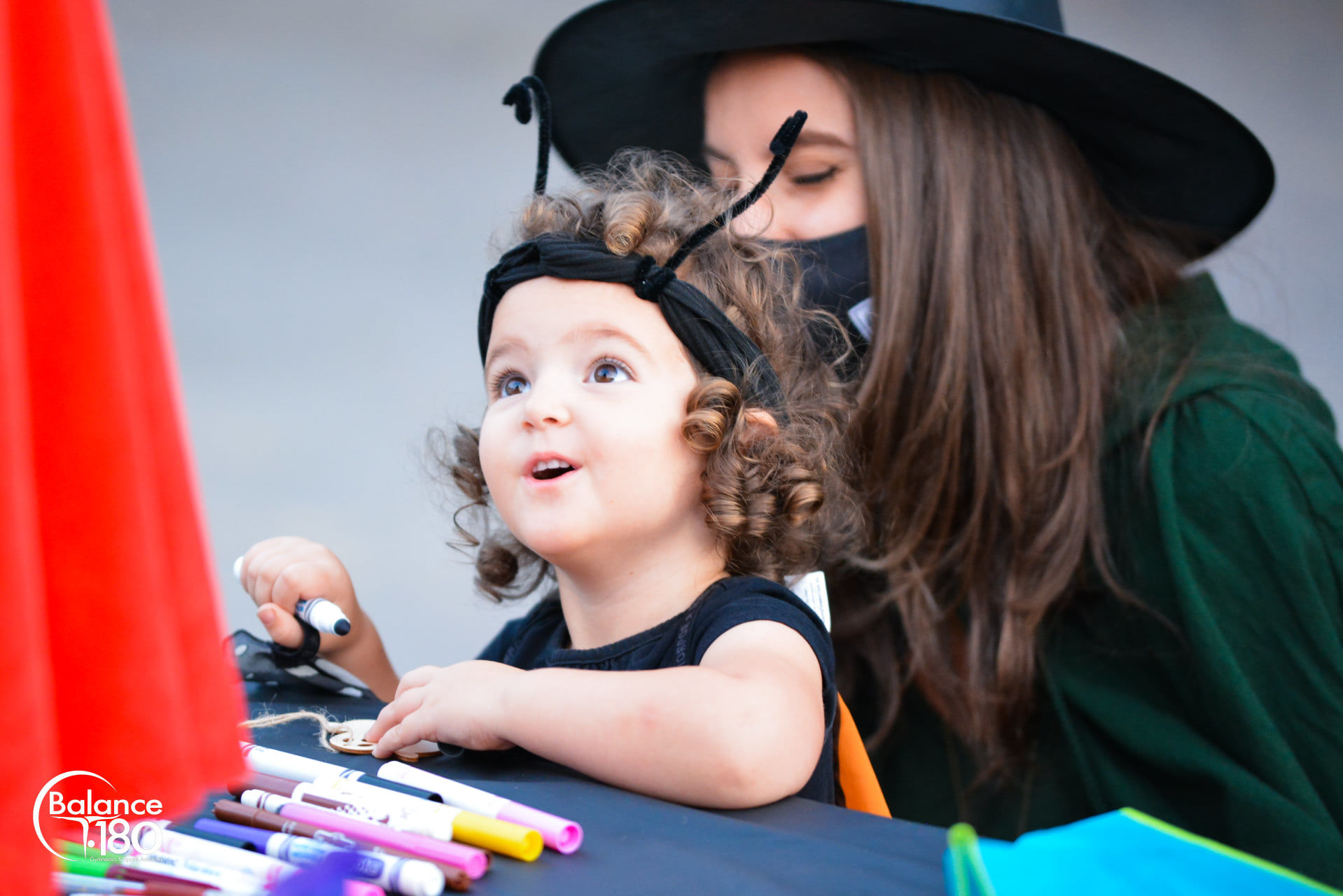Inclusive Trick or Treating Tips
Inclusive Trick or Treating Tips
As Halloween approaches, it’s time to plan out our ways to celebrate this spooky season! Costumes, fun snacks, ghostly decorations, and fun fall activities are the highlight of the season. Halloween itself takes a lot of preparation, between planning your night, finding a costume, buying candy, and everything else that goes into making Halloween fun! This Halloween season, we want to share 5 tips on how to make trick-or-treating inclusive for kids of ALL abilities!



Tips to Create an Inclusive Trick-Or-Treating Experience for All Kids
1. Hand Candy To Kids Instead of Having them Take It
Lending a helping hand can often make children feel safe and included. It’s important to be aware that not all children will be able to or comfortable with reaching into a basket of candy. In moments like these, it may be beneficial to hand them the candy or place it in their bag yourself! This can alleviate pressure from the child allowing them to focus more on their enjoyment of the holiday. Simple acts such as placing candy into a child’s bag can make a big difference in their Halloween experience!
2. Be Mindful of Quiet Kids
Be mindful that not every child is verbal. If a child does not say “trick-or-treat” or offer a thank you, it may be because they are non-verbal or have a disability that affects speech. Being understanding and considerate of all children can make all the difference.
3. Do Not Point Out a Lack of Costume
Costumes can be overwhelming, itchy or uncomfortable for many children. Some children may not be able to wear costumes or only be able to wear them for short periods of time due to sensory issues. Some children may not have costumes because their family could not afford them. All children deserve to be included, whether in full costume, partial costume or no costume. Offer them candy as well, and allow them to participate in other ways if possible
4. Consider Having Non-Food Items for Those With Allergies
Approximately 1 in every 13 children in the United States has a food allergy and many Halloween candies contain the most common allergens. Food allergies are dangerous and, in some cases, life-threatening. It may be helpful to have a few non-food items such as small toys for children who cannot eat certain candies due to allergies or dietary restrictions. Popular options include pencils, glow sticks, necklaces, stickers, balloons and bubbles. We highly recommend checking out the Teal Pumpkin Project to learn more about allergy friendly treats!
5. Avoid Decorations that are Startling or Loud
We know that many Halloween decorations are often loud and scary, however as you are preparing to decorate please take into consideration that some children are sensitive to loud noises. Try to make the location where treats are handed out, well-lit and free of sensory triggers such as strobe lights, loud music, motion triggered decorations and fog machines. We also recommend keeping pets indoors at all times. This will keep both your furry best friend safe, and create an environment of inclusion for all children.
Hopefully these tips will help you and your family to have a safe and spook-tacular Halloween!

